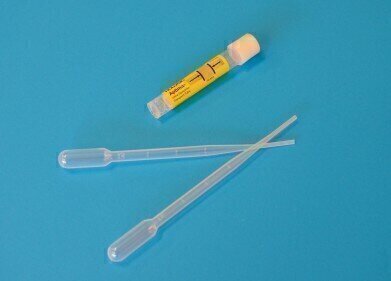Electrophoretic Separations
Quantitative analysis used for insecticide resistance study
Nov 14 2011
Scientists have used quantitative analysis processes to try and uncover a way to prevent the emergence of strains of mosquito resistant to insecticides.
Published in the journal Parasites & Vectors, the team from Jining Medical University in China noted that insecticide resistance is a major concern for global health, as it jeopardises the control of mosquito populations and the diseases they carry.
Two-dimensional electrophoresis identified one protein segment with high sequence homology to part of Aedes aegypti iron-responsive element binding protein (IRE-BP).
The team compared the differences of iron responsive element binding protein 1 (IRE-BP 1) between the cypermethrin-resistant strain of Culex pipiens pallens (Cr-IRE strain) and the susceptible strain of Cx. pipiens pallens.
"Quantitative RT-PCR analysis indicated that the IRE-BP 1 transcription level was 6.7 times higher in the Cr-IRE strain than in the susceptible strain of 4th instar larvae," the report claimed.
The scientists noted that the higher levels of IRE-BP 1 in the Cr-IRE strain may confer some insecticide resistance.
Posted by Neil Clark
Digital Edition
Chromatography Today - Buyers' Guide 2022
October 2023
In This Edition Modern & Practical Applications - Accelerating ADC Development with Mass Spectrometry - Implementing High-Resolution Ion Mobility into Peptide Mapping Workflows Chromatogr...
View all digital editions
Events
Sep 22 2024 Messina, Italy
Analytica Anacon India & IndiaLabExpo
Sep 26 2024 Hyderabad, India
Sep 29 2024 Singapore
Oct 06 2024 Liverpool, UK
Oct 09 2024 Birmingham, UK









-(300-x-250-mm)_1.jpg)




